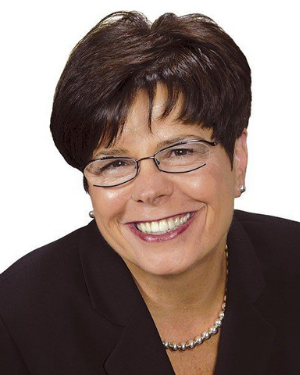What Is a PLC?
As I work with schools across the nation and beyond, I often hear statements like these: “Our PLCs are meeting on Tuesday.” “We will be ‘PLCing’ on Wednesday afternoon.” “PLCs happen here every other week.”
When I hear this, I know that there is not a clear understanding of what a PLC actually is. Collaboration harnesses the power within a school or district to ensure all students learn at high levels. Collaborative teams are the engines that drive the work of a professional learning community. The school or district is a professional learning community composed of collaborative teams.
In addition, a PLC is not a meeting. It is the collaborative process used by teachers in a meeting. If you hear “we had our PLC,” then you know there is a lack of understanding of what a PLC represents.
Then, what is a collaborative team meeting?
As education researcher Richard DuFour and co-authors have written, collaboration is a systematic process in which we work together interdependently to analyze and impact professional practice to improve our individual and collective results. Collaboration improves student achievement and collective teacher self-efficacy simultaneously. It is built on the premise that no one person has all the knowledge, skills, strategies, and patience to meet the needs of every student who comes into the classroom. Collaboration ensures a shared responsibility and accountability for learning for all.
Schools and districts organize themselves into teams that share students or content. A team works interdependently to achieve a common goal for which all members are held mutually accountable. Teams can be formed by grade level, by course, by department, vertically across grade levels, or even electronically across districts to answer the four critical questions of learning in recurring cycles, unit by unit.
The critical questions addressed by a collaborative team include:
- What should students know and be able to do?
- How will we know that the students have learned the essential standards?
- How will we respond when students do not learn?
- How will we respond when students have already learned?
In the process of answering these questions, teams create a cycle of learning for each unit of study that supports and grows all students. Collaborative teams are the fundamental building blocks of professional learning communities.
These meetings are not a time to discuss bus problems or field trips or the upcoming assembly or an angry parent call. Teachers do not come together to merely discuss their challenges or concerns about students. These meetings are learning meetings. The agenda topics revolve around curriculum, instruction, assessment, interventions, and extensions of learning. Most importantly, as teams answer the four questions in a cycle of learning, they engage in specific activities that result in products of collaboration. As DuFour has written:
“Professional learning communities judge their effectiveness on the basis of results. Working together to improve student achievement becomes the routine work of everyone in the school.”
Collaboration lite or collaboration right
Collaboration lite is commonplace and easy. Most schools have built in time during the school day for teams to meet. This is absolutely essential but not enough. What teams do during that time is more important than the time itself. Collaboration must include the real work of a PLC to truly do collaboration right.
So, what’s a PLC meeting, anyway?
A PLC is not a meeting. It’s a way of being. It requires the adults to work together collaboratively on the right work that results in continuous improvement for all students. Most importantly, if you build it, they will learn.
Tell us in the comments: What collaborative experiences drive the daily work in your building?
Sponsored Content Disclaimer:
Sponsored Content in Partnership With NASSP
NASSP allows select groups to share information and thought leadership with our program audiences.

